Quantum computing breakthrough in error correction
Researchers at ETH Zurich have succeeded, for the first time, in quickly and continuously correcting errors in digital quantum systems. This means they have overcome an important hurdle on the road to practical quantum computing.
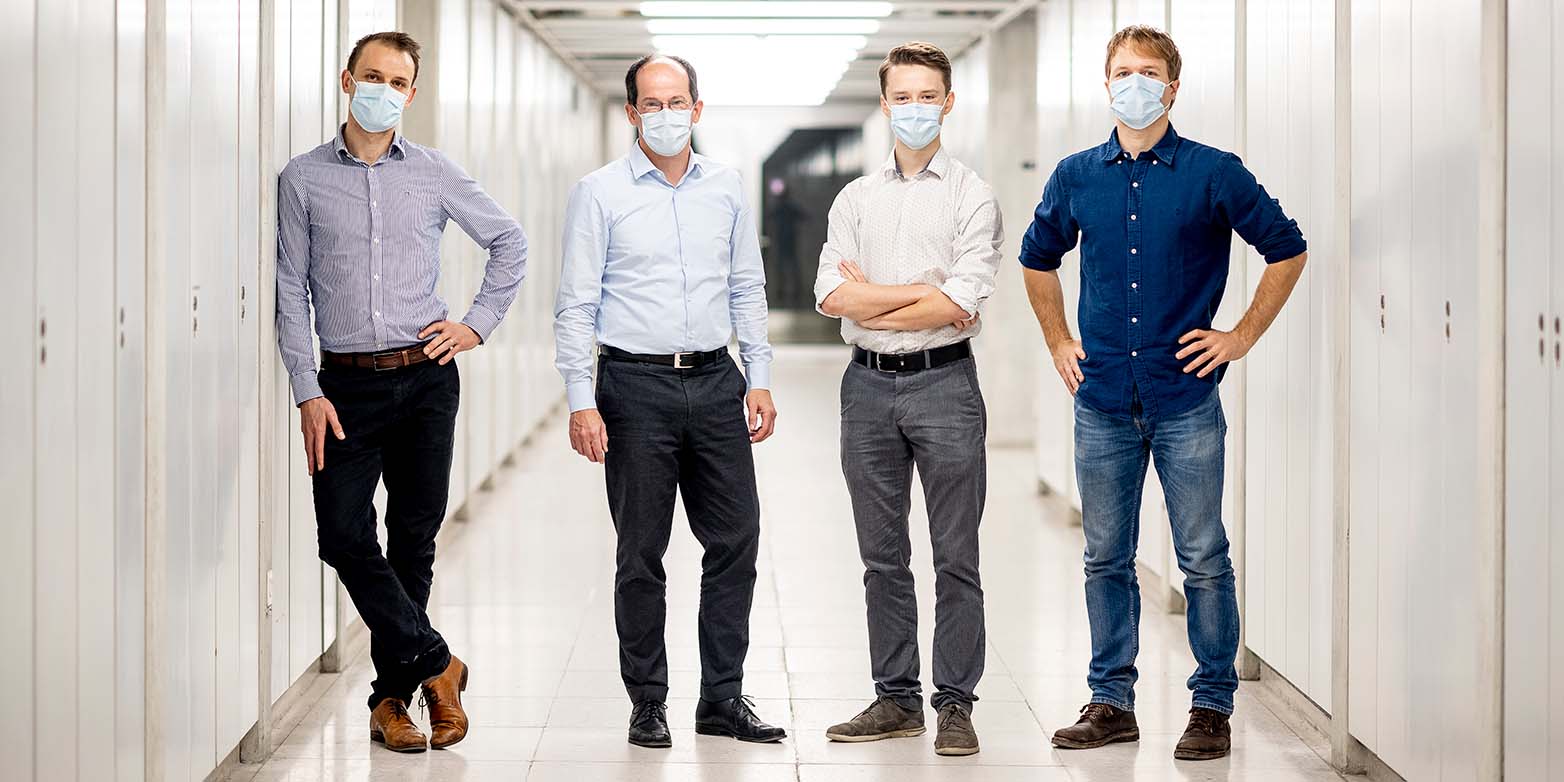
Quantum computers are seen as a beacon of hope for future information processing. However, uncertainty exists as to whether, or not, they will ever be able to replace conventional computers because quantum computers have a problem: they are extremely error-prone, and error correction is very demanding.
Researchers at ETH Zurich have now succeeded in overcoming an important hurdle: for the first time, they have been able to automatically correct errors in quantum systems to such an extent that the results of quantum operations can be used in practice. “The demonstration that errors in a quantum computer working with quantum bits (qubits) can be corrected quickly and repeatedly is a breakthrough on the road to building a practical quantum computer,” says Andreas Wallraff, Professor at the Department of Physics and Director of the Quantum Center at ETH Zurich. The scientists have just published a paper on this as a external page preprint on ArXiv.org and submitted it to a journal for publication.
Sophisticated arrangement of qubits
Previous error correction methods have been unable to simultaneously detect and correct both the fundamental types of error that occur in quantum systems. Wallraff’s team has now presented the first system that can repeatedly detect as well as correct both types of errors. The researchers achieved this important success using a chip, specially produced in ETH Zurich’s own cleanroom laboratory, which features a total of 17 superconducting qubits. The research team performed the error correction with what is known as the surface code – a method in which the quantum information of a qubit is distributed over several physical qubits.
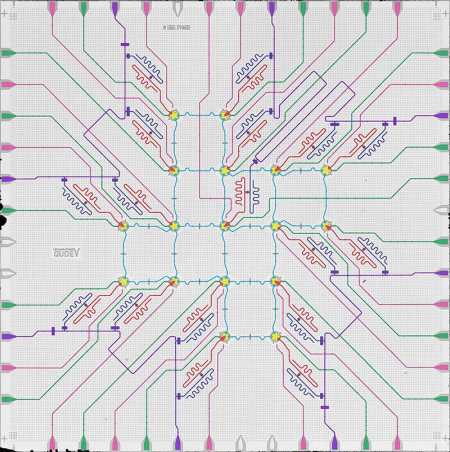
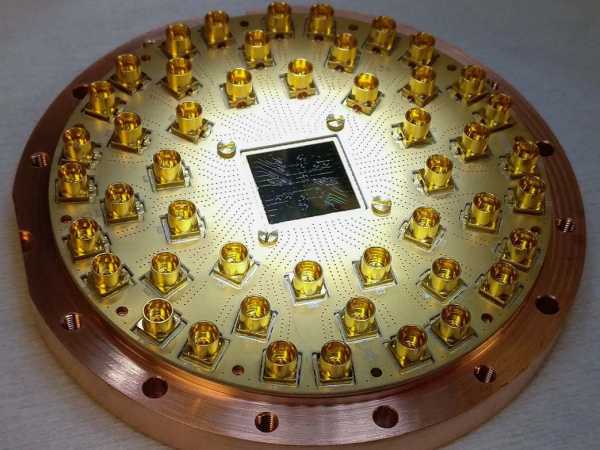
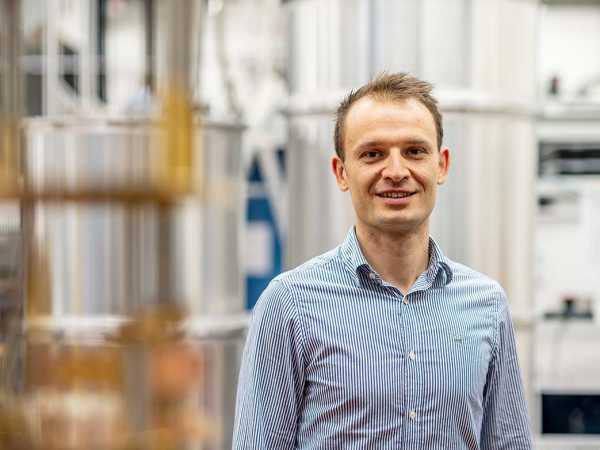
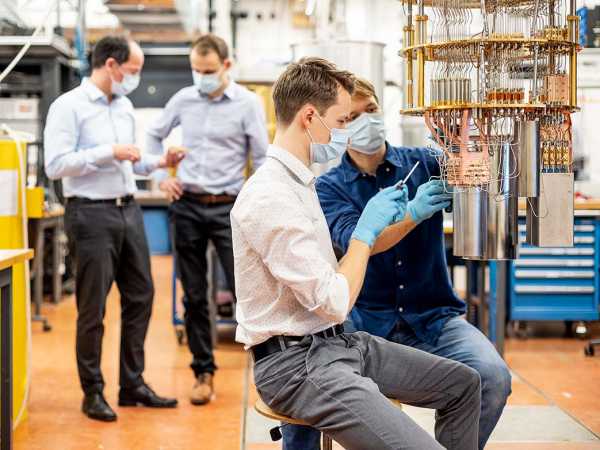

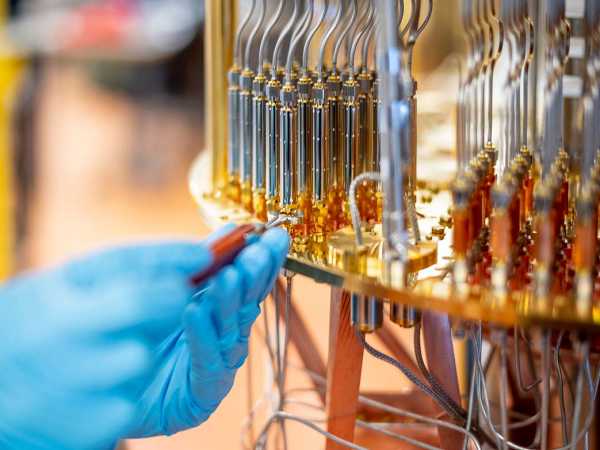

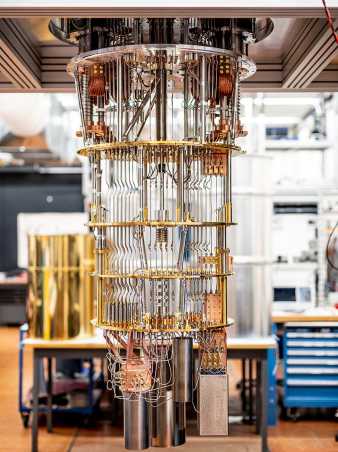
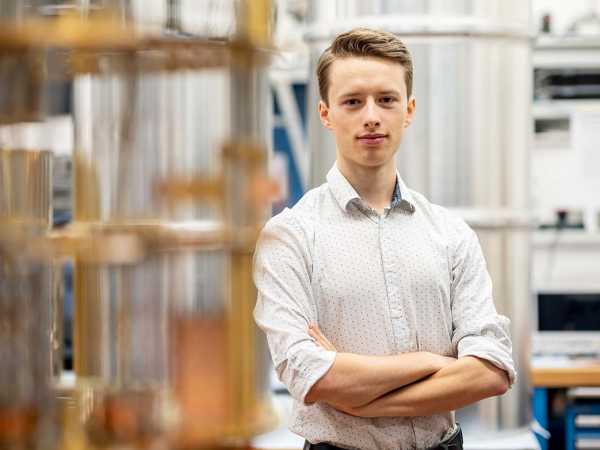
Nine of the chip’s 17 qubits are arranged in a square three-by-three lattice and together form what is known as a logical qubit: the computational unit of a quantum computer. The remaining eight qubits on the chip are offset from them; their task is to detect errors in the system.
If a disturbance occurring in the logical qubit distorts the information, the system recognises this disturbance as an error. The control electronics then correct the measurement signal accordingly. “Right now, we’re not correcting the errors directly in the qubits,” admits Sebastian Krinner, a scientist in Wallraff’s group and lead author of the study together with Nathan Lacroix. “But for most arithmetic operations, that’s not even necessary.”
The highly specialised electronics used to control the qubits on the chip were manufactured by ETH spin-off Zurich Instruments. The chip itself is located on the lowest level of a large cryostat – a special cooling device – and operates at a temperature of just 0.01 Kelvin, barely above absolute zero.
Competitive research field
Error correction is currently a hotly contested field in quantum research. In addition to technical universities such as ETH Zurich or TU Delft, competitors include large corporations such as Google and IBM. “Together with our colleagues from Germany and Canada, we were the first group to perform practical error correction with qubits. That’s an accomplishment that fills us with pride,” Wallraff says. “It confirms that we, at ETH Zurich, are truly in the premier league of quantum research.”
As their next step, the ETH researchers now want to build a chip with a five-by-five qubit lattice, which requires correspondingly more complex technology and will also feature more qubits for error correction.
Reference
Krinner, S et al.: external page Realizing Repeated Quantum Error Correction in a Distance-Three Surface Code, uploaded to arxiv.org on 7 december 2021 (manuscript not yet peer-reviewed)
Comments
No comments yet